Imagine stepping into your garden and harvesting fresh herbs year after year, with minimal effort and care. This is the magic of perennial herbs—the ultimate low-maintenance plants for any gardener. Whether you’re a novice looking to simplify your gardening routine or a seasoned green thumb seeking a sustainable way to enjoy homegrown herbs, perennial herbs are the answer. In this comprehensive guide, we’ll explore the best perennial herbs for your garden, how to plant and care for them, and why they are a must-have for anyone aiming for a flourishing, self-sustaining herb garden.
Why Perennial Herbs Are a Gardener’s Best Kept Secret
Perennial herbs are plants that live for more than two years, coming back every season with little to no replanting. These resilient herbs are the cornerstone of a sustainable garden for several reasons:
- Plant Once, Enjoy for Years: Unlike annual herbs that need replanting every season, perennials grow back year after year, providing an ongoing supply of fresh herbs.
- Low Maintenance: Once established, most perennial herbs require minimal watering, pruning, or fertilizing, making them perfect for busy or beginner gardeners.
- Cost-Effective: Growing your own herbs saves money on grocery store purchases and frequent replanting.
- Eco-Friendly: Perennials are great for the environment. They stabilize soil, improve its structure over time, and provide a year-round habitat for beneficial insects like pollinators.
- Multipurpose: These herbs serve many purposes: from enhancing culinary dishes and creating natural remedies to beautifying your garden and attracting wildlife.
For related tips on how to maximize your garden’s potential, check out our detailed guide: The UltimateCompanion Planting Guide: 10 Must-Have Herbs For A Thriving Garden. It offers essential insights into companion planting, ensuring your herbs and vegetables grow together harmoniously.
The Best Perennial Herbs for Your Garden
To get the most out of your perennial herb garden, it’s essential to choose herbs that thrive in your region’s climate and fit your gardening needs. Below are some of the top perennial herbs that are both easy to grow and incredibly rewarding.
1. Rosemary: The Fragrant Evergreen
Rosemary is a robust, woody herb known for its fragrant needle-like leaves and tiny blue flowers. A Mediterranean native, rosemary thrives in well-drained soil and full sunlight.
- Culinary Uses: Perfect for seasoning meats, vegetables, and soups.
- Garden Benefits: Acts as a natural pest deterrent while attracting pollinators.
- Care Tips: Rosemary is drought-tolerant once established, but in colder climates, it’s best grown in pots and brought indoors during winter.
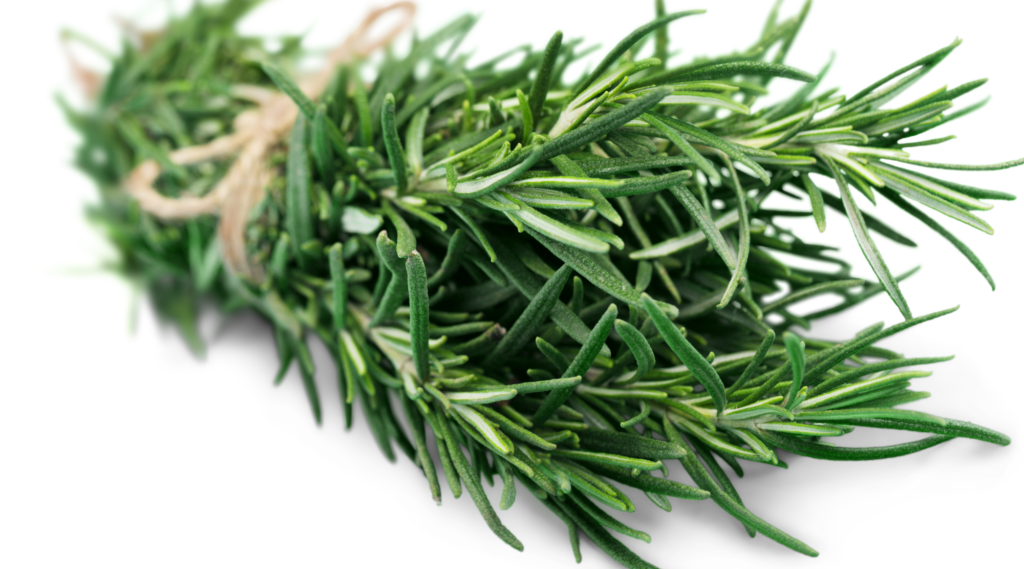
2. Thyme: The Versatile Groundcover
Thyme is a small, creeping herb with a strong aroma that enhances various dishes and drinks. It’s also a popular choice for garden landscapes due to its ability to cover large areas as a groundcover.
- Culinary Uses: Ideal for flavoring meats, soups, and stews.
- Garden Benefits: Thyme is drought-tolerant and perfect for filling spaces between stepping stones or as a border plant.
- Care Tips: Choose a variety like lemon thyme for a citrus twist and plant in a sunny spot with well-drained soil.
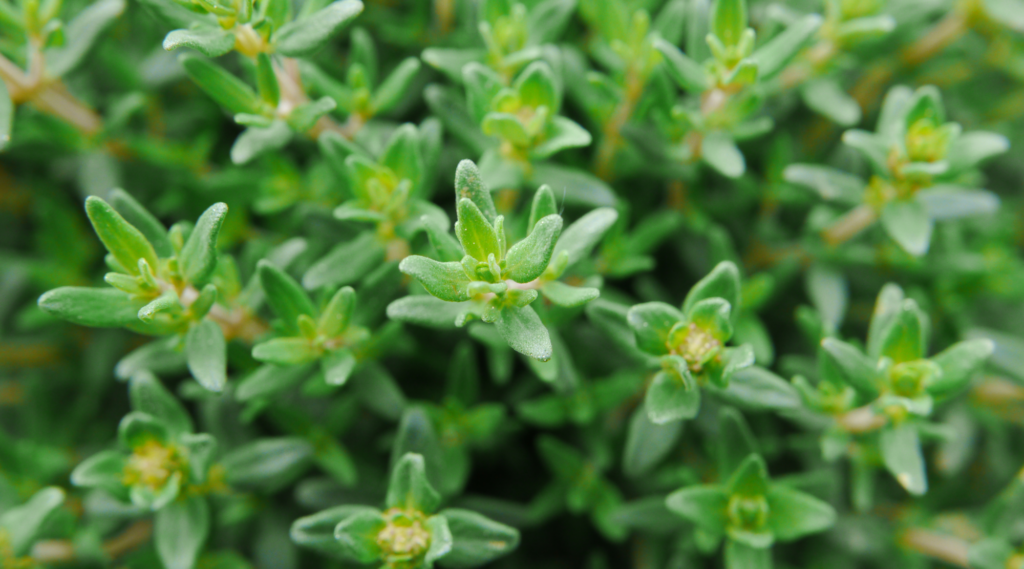
3. Sage: The Kitchen Staple
Sage is a hardy perennial with soft, silvery leaves and a slightly peppery flavor. Known for its medicinal and culinary properties, sage is a favorite for both health enthusiasts and cooks.
- Culinary Uses: Often used in stuffing, meats, and savory dishes.
- Garden Benefits: Sage attracts pollinators like bees and butterflies, adding beauty to your garden.
- Care Tips: Sage thrives in full sun and well-drained soil. Prune regularly to prevent it from becoming too woody.
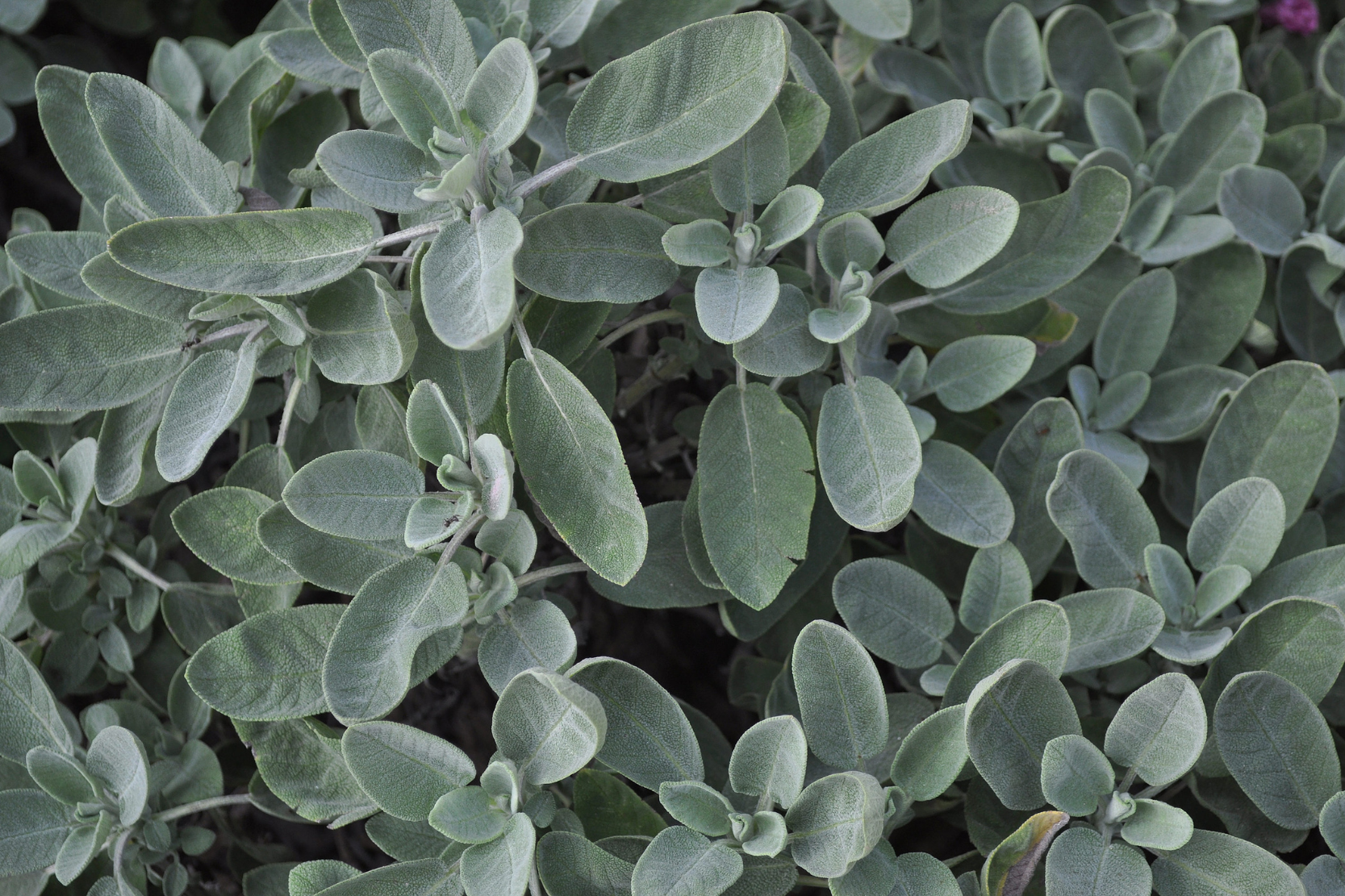
4. Mint: The Invincible Grower
Mint is a vigorous perennial that spreads quickly, making it best grown in containers unless you have space for it to roam. Known for its refreshing aroma and flavor, mint is a must-have in any herb garden.
- Culinary Uses: Perfect for teas, desserts, and cocktails.
- Garden Benefits: Mint repels pests like mosquitoes and flies, while attracting beneficial pollinators.
- Care Tips: Mint prefers moist, well-drained soil and partial shade. Keep it contained to prevent overgrowth.
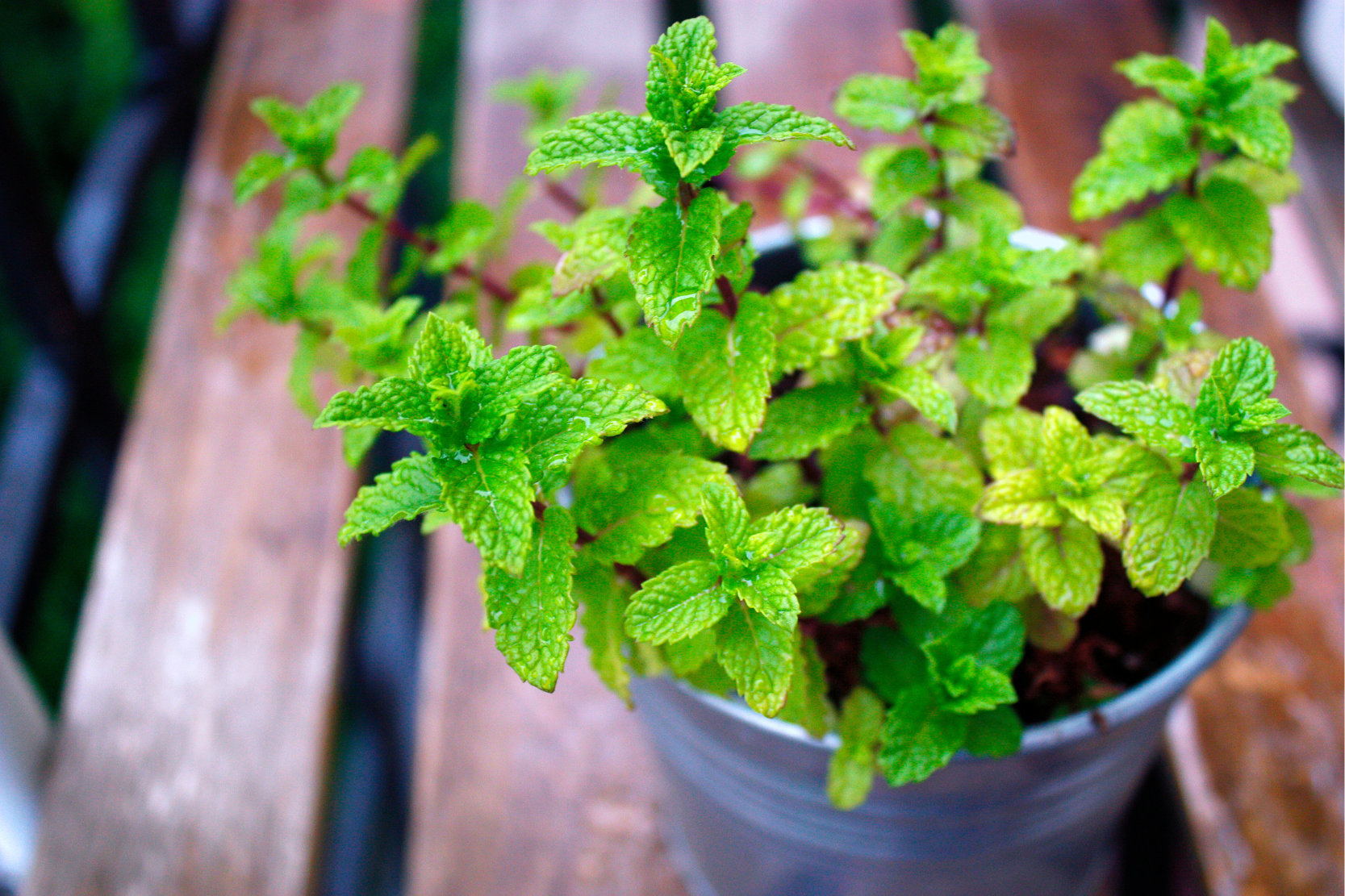
5. Oregano: The Mediterranean Marvel
Oregano is a hardy perennial that adds bold flavor to Italian and Mediterranean dishes. Its small, bushy growth makes it an excellent choice for both herb and ornamental gardens.
- Culinary Uses: Essential for pizza, pasta, and roasted vegetables.
- Garden Benefits: Oregano’s flowers attract bees and butterflies while its strong scent deters garden pests.
- Care Tips: Oregano thrives in full sun and dry, well-drained soil. Cut it back regularly to encourage new growth.
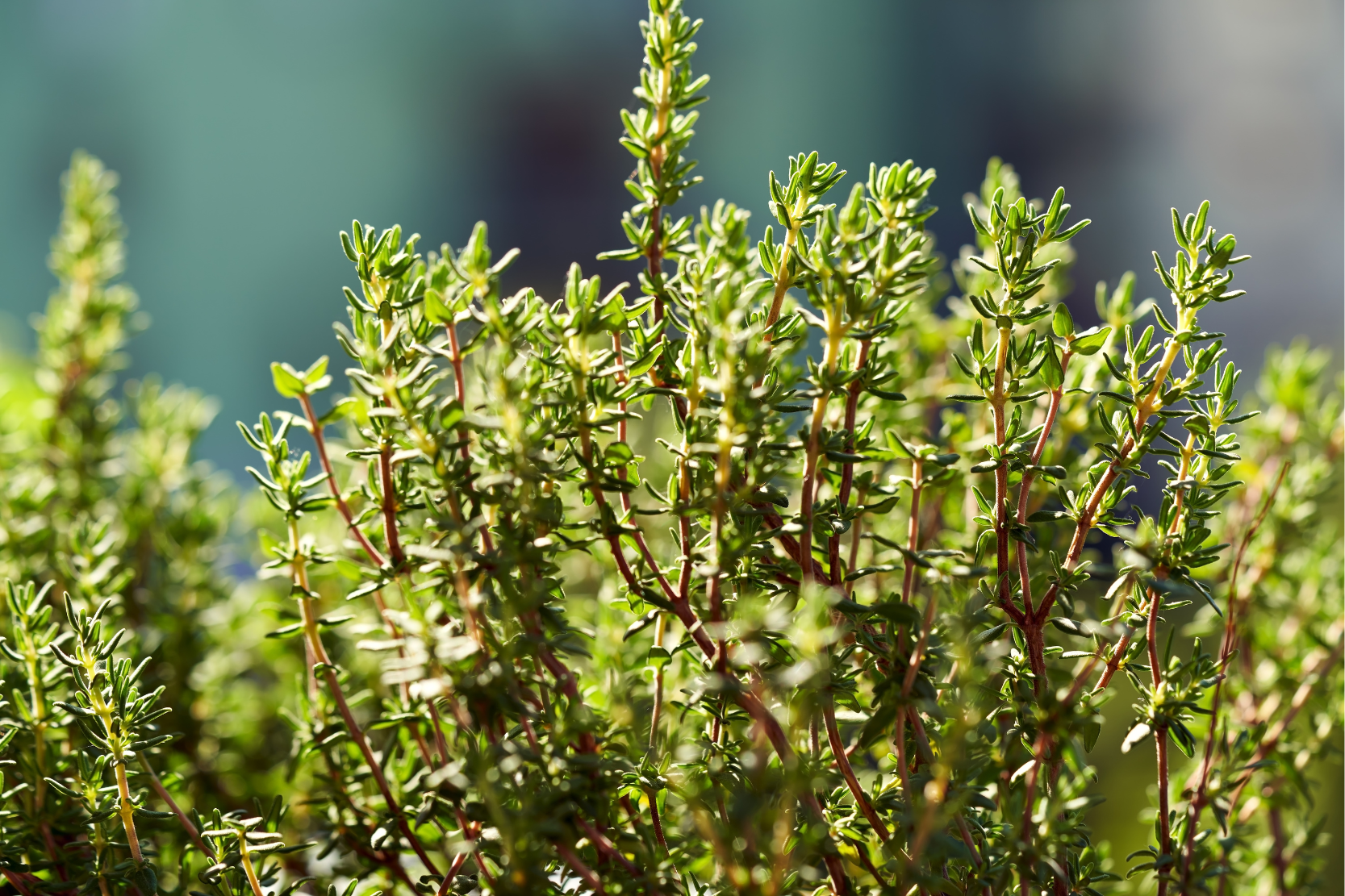
6. Lavender: The Aromatic Powerhouse
Lavender is known for its calming scent, making it a popular choice for herbal teas, sachets, and natural remedies. It’s also a beautiful addition to any garden, with tall purple spikes that add color and fragrance.
- Culinary Uses: Used in baking, teas, and as a garnish for desserts.
- Garden Benefits: Lavender attracts pollinators and deters harmful pests. It also works well in drought-tolerant landscapes.
- Care Tips: Plant lavender in full sun and well-drained soil. It thrives in dry conditions, making it perfect for low-water gardens.
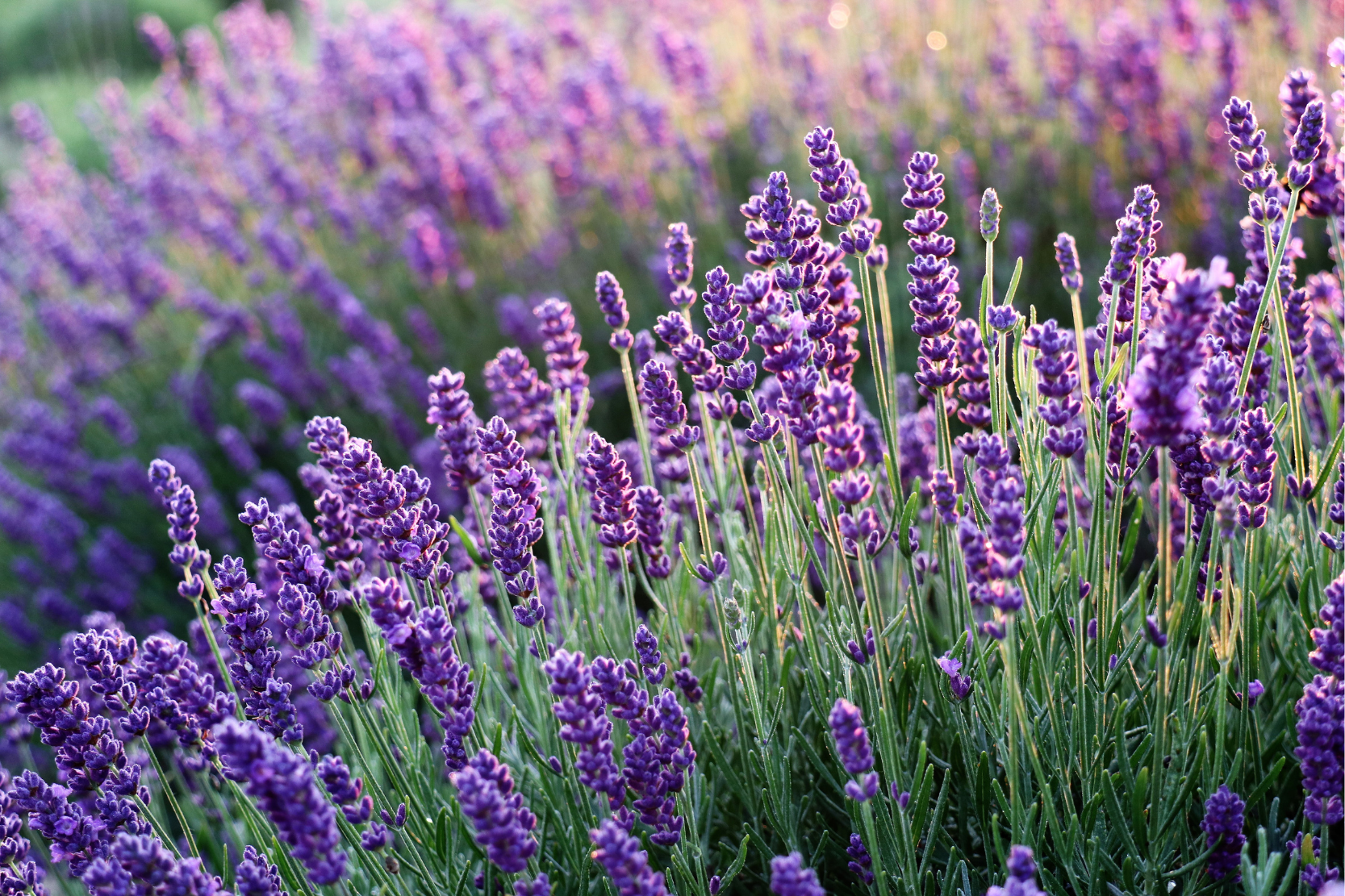
7. Chives: The Easy Grower
Chives are one of the easiest perennial herbs to grow, making them ideal for beginners. Their delicate onion-like flavor and bright purple flowers make them a versatile addition to your kitchen and garden.
- Culinary Uses: Excellent for garnishing soups, salads, and dips.
- Garden Benefits: Chives’ flowers attract pollinators, while their pungent scent deters garden pests like aphids.
- Care Tips: Chives prefer full sun but can tolerate partial shade. They are hardy and thrive in most soil types.
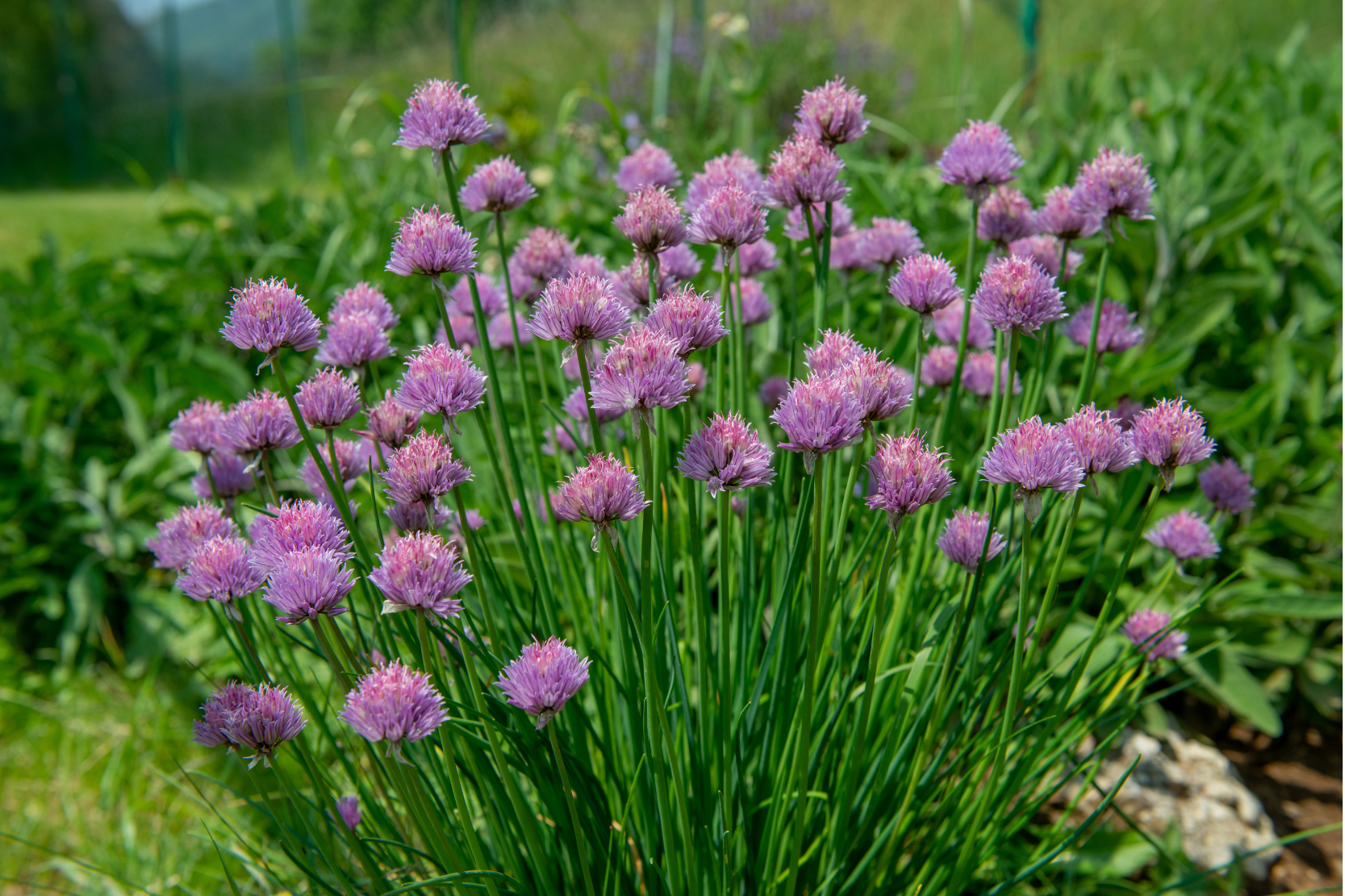
8. Lemon Balm: The Pollinator Magnet
Lemon balm is a member of the mint family and is known for its lemony scent and calming properties. It’s a wonderful herb for making teas and soothing balms, while also being easy to grow.
- Culinary Uses: Perfect for teas, salads, and desserts.
- Garden Benefits: Lemon balm attracts pollinators and repels mosquitoes, making it great for both culinary and ornamental gardens.
- Care Tips: Plant in partial shade and keep it contained, as it can spread quickly like mint.

9. Purple Coneflower (Echinacea): The Healer
Echinacea is a stunning, drought-tolerant perennial known for its medicinal properties and large, daisy-like flowers. A staple in herbal medicine, echinacea supports immune health and is often used in teas and supplements.
- Medicinal Uses: Immune-boosting properties, often used in cold remedies.
- Garden Benefits: Attracts butterflies and bees while adding a splash of color to your garden.
- Care Tips: Echinacea thrives in full sun and well-drained soil, and it’s incredibly low-maintenance.

10. Fennel: The Elegant Giant
Fennel is a tall, feathery herb with a mild anise flavor. Its striking appearance and delicious taste make it a favorite among chefs and gardeners alike.
- Culinary Uses: Ideal for flavoring fish, salads, and herbal teas.
- Garden Benefits: Fennel is a magnet for beneficial insects, including pollinators and predator insects like ladybugs.
- Care Tips: Fennel prefers full sun and well-drained soil. Give it plenty of room to grow, as it can reach heights of 5-6 feet.
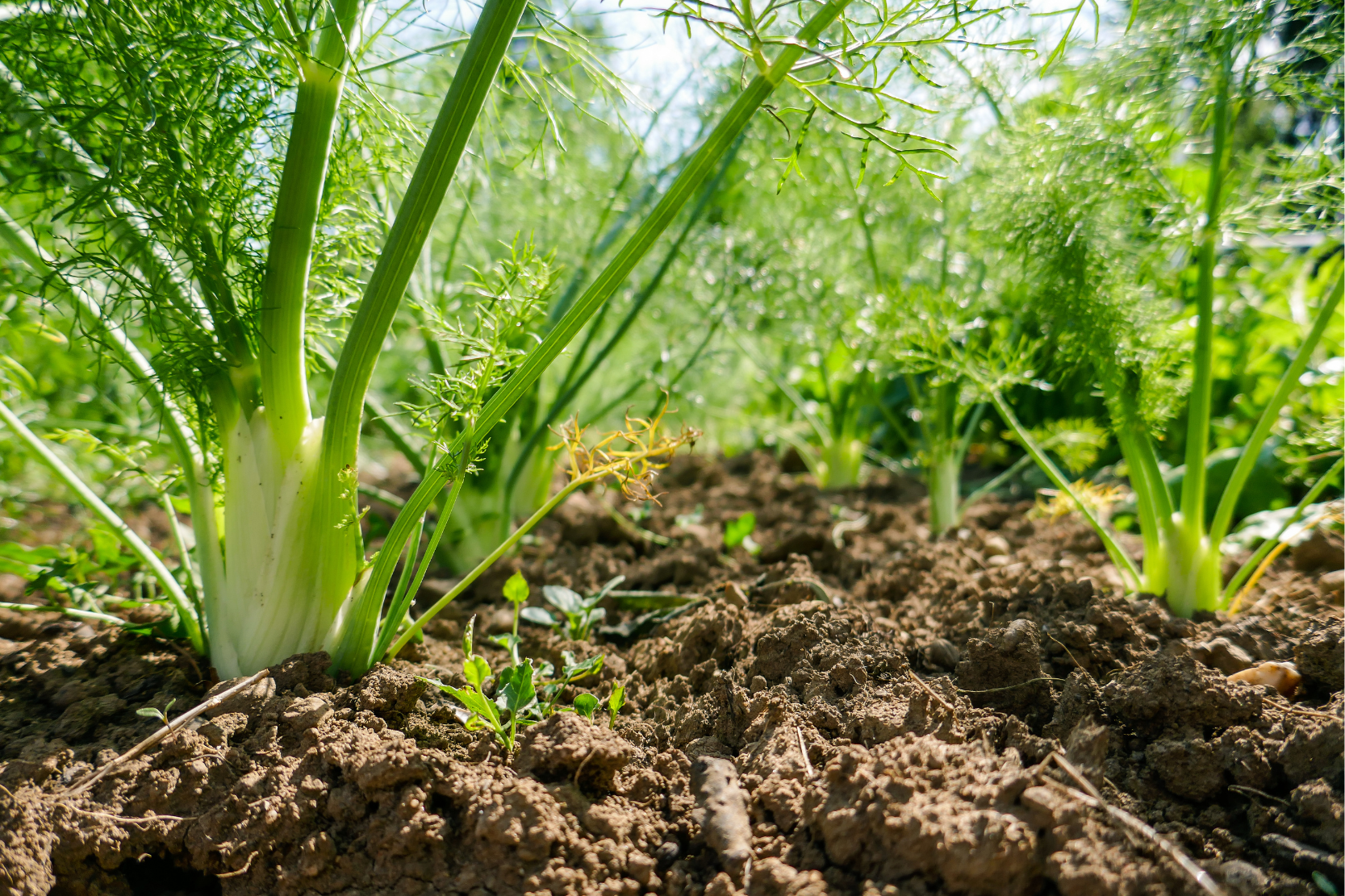
Designing and Maintaining Your Perennial Herb Garden
Creating a thriving perennial herb garden takes careful planning and a bit of ongoing maintenance. Here’s how to get started:
1. Sunlight and Soil
Most perennial herbs love full sun and well-drained soil. Prepare your garden by choosing a sunny location and enriching your soil with compost for optimal herb growth.
2. Watering and Grouping
Perennials are generally drought-tolerant once established. Group herbs with similar water requirements together to simplify care. Herbs like mint and lemon balm prefer moist soil, while rosemary and lavender thrive in drier conditions.
3. Pruning and Harvesting
Regular pruning keeps your perennial herbs healthy and encourages bushier growth. For best flavor, harvest herbs in the morning after the dew has dried.
4. Dividing and Propagating
Every few years, divide perennial herbs like chives and mint to maintain their vigor and prevent overcrowding.
5. Pest Control
Use organic methods like companion planting and encouraging beneficial insects to manage pests in your garden. Many perennial herbs, like rosemary and lavender, are natural pest repellents.
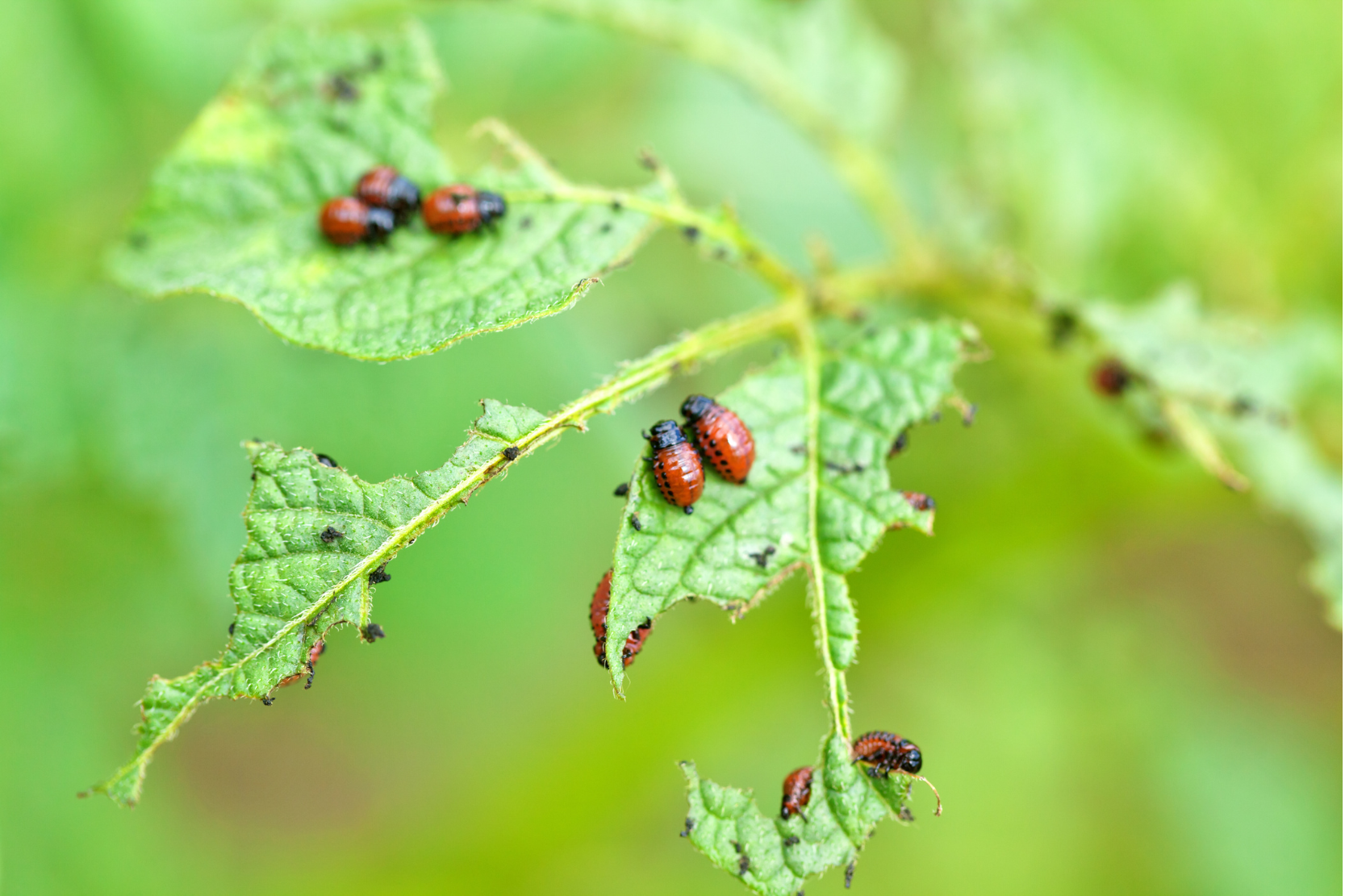
Conclusion: Start Your Perennial Herb Garden Today
Perennial herbs are the foundation of a sustainable, low-maintenance garden. By planting these resilient and rewarding herbs, you’re not just growing ingredients for your kitchen—you’re cultivating a beautiful, fragrant, and eco-friendly garden that will thrive for years to come. Whether you’re new to gardening or a seasoned pro, these hardy plants will offer you endless culinary and medicinal benefits, as well as the joy of watching your garden grow with minimal effort.
So why wait? Start your perennial herb garden today and enjoy a thriving, low-maintenance garden for years to come.






















